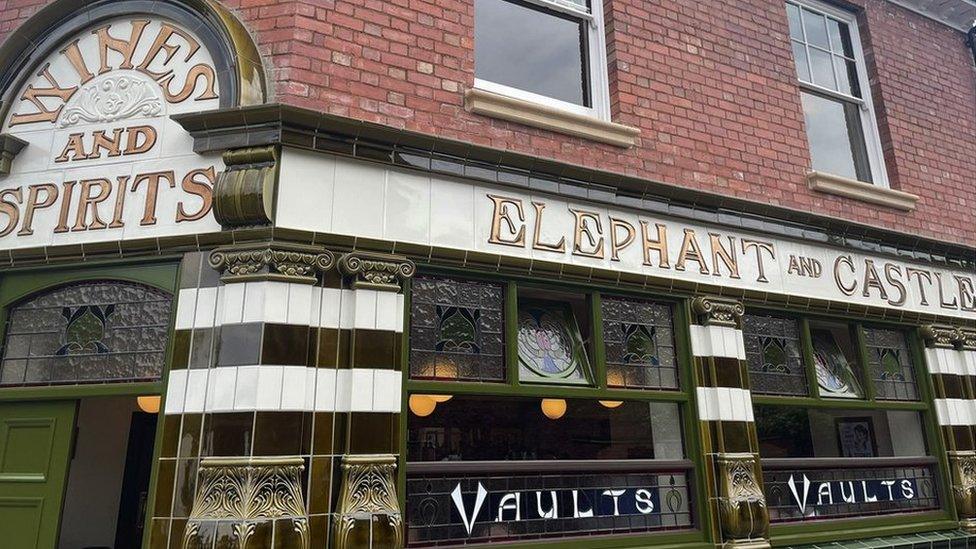Crooked House rebuild complicated, experts say
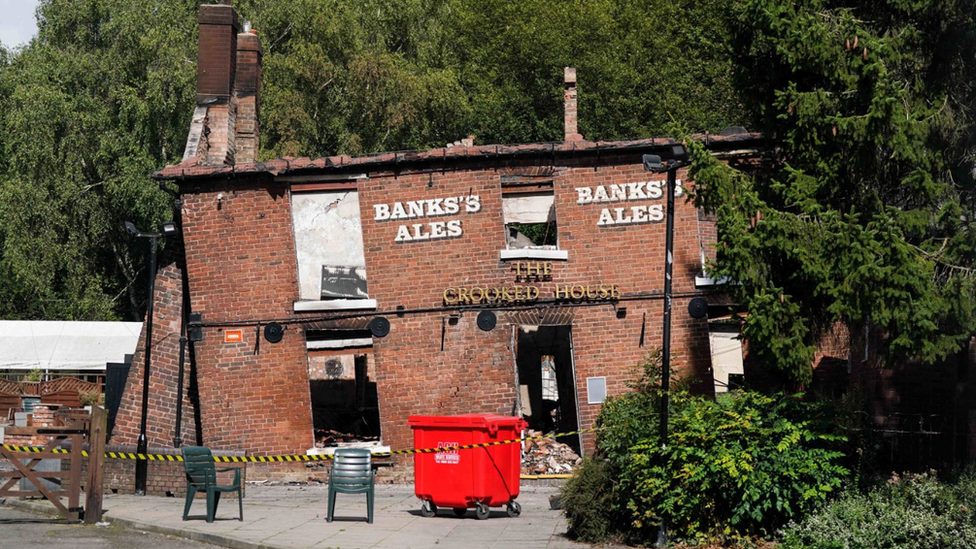
The Crooked House was demolished in August after a fire but its owners have been ordered to rebuild it as it was
- Published
Work to rebuild The Crooked House pub could be extensive and complicated, restoration experts say.
The owners have been ordered to rebuild "Britain's wonkiest inn" in Himley, near Dudley, after it was demolished in August last year following a suspected arson attack.
They were served with the enforcement notice on 27 February by South Staffordshire Council.
Worcestershire's Avoncroft Museum of Historic Buildings, which rescues structures, warned such work was "not something that happens overnight".
The museum saves buildings when it has not been possible to retain them in their original location.
The site displays and cares for more than 30 from across the West Midlands.
"It is not something that happens overnight, it can be an extensive process," said Steven Hearn, its head of collections and interpretation.
"Some of our buildings have taken several years to get reconstructed due to planning permission, lack of expertise or funds so it does take a bit of time."
Mr Hearn stated he thought it was "fantastic" the decision had been made to reconstruct The Crooked House.
But he added: "As to how they go about achieving that, I think that is going to be a complicated process and relevant individuals will need to be involved to oversee that."
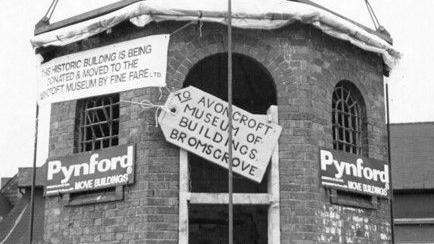
The Counting House, one of the buildings at Avoncroft Museum, was moved in its entirety to the site
The Crooked House was first built in 1765 as a farmhouse but due to mining in the area during the early 19th Century, one side of the building began to gradually sink.
The pub was owned by Marston's but was put up for sale by the Wolverhampton-based company and sold in July last year to ATE Farms Limited.
It caught fire on 5 August in a suspected arson attack and was demolished two days later without full permission from South Staffordshire Council.
The enforcement notice was served to ATE Farms Limited as well as its director George Adam Taylor and former director Carly Taylor, who stepped down in December.
Staffordshire Police said five men and one woman were arrested in connection with the fire, which the force is treating as arson, and remained on conditional bail.
South Staffordshire Council stated there were no updates on the work since the notice was served.

The New Inn was moved brick by brick to Blists Hill
Other restoration experts who have rebuilt much-loved Midland pubs have weighed in on the rebuilding of the landmark inn.
Many of the buildings at the Blists Hill Victorian Town museum in Shropshire formerly stood elsewhere and were saved for posterity as they were brought over and rebuilt brick by brick.
They includes its New Inn pub which was moved from Walsall in the 1980s.
Lauren Collier, from Ironbridge Gorge Museums Trust which runs Blists Hill, said: "Quite literally we would number each brick and each tile on the roof, take them down one by one, put them on to pallets, bring them here and then rebuild it in that same sequence.
"Like a Lego set, it has got its order so it is rebuilt in the exact same way."
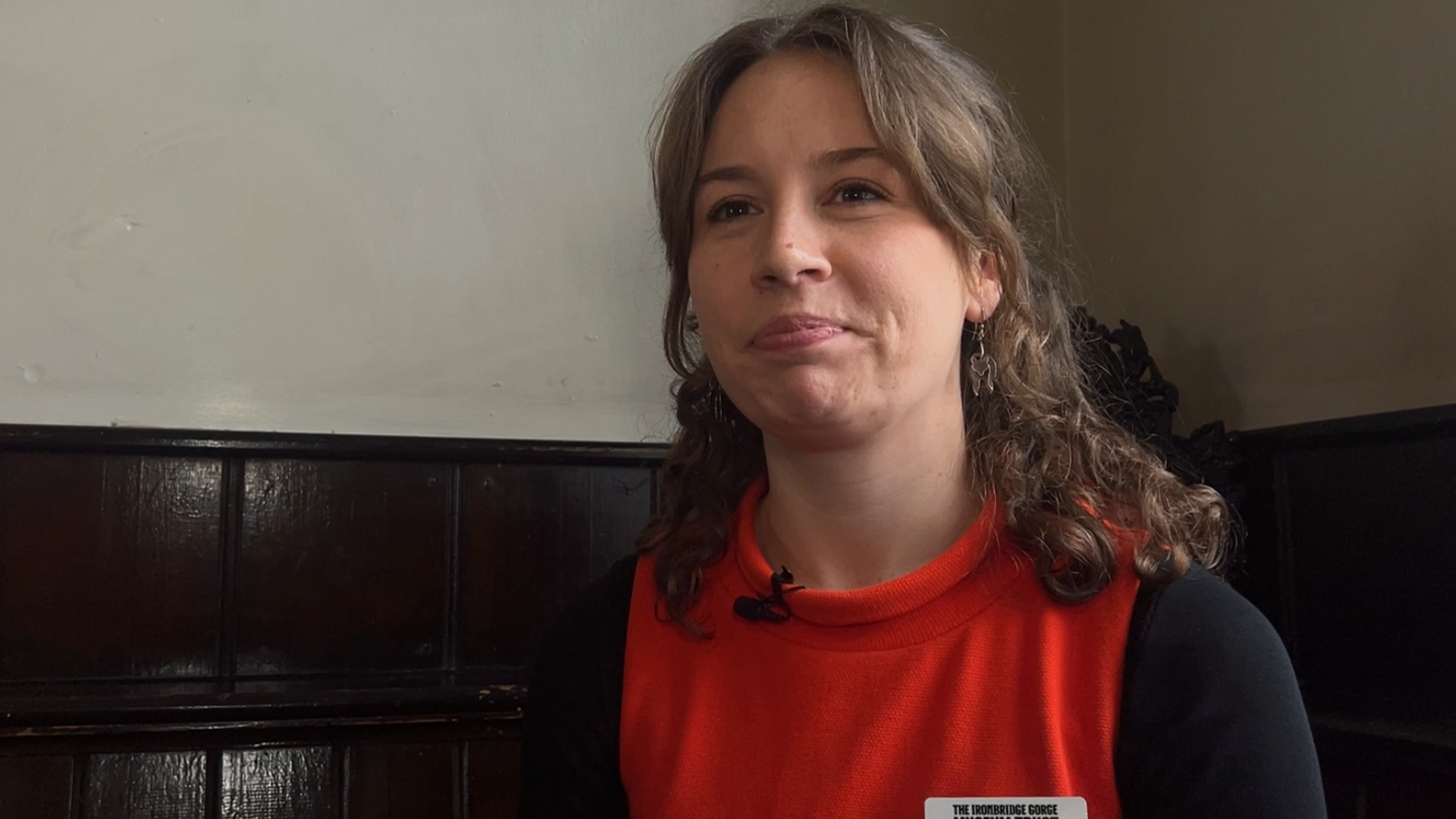
Lauren Collier said every brick of the New Inn was put back in place on its new site
But although The Crooked House's bricks have been saved, they are not numbered and how do you restore its famous "wonkiness"?
"You can't really necessarily replicate that subsidence," Ms Collier said.
"If they want to recreate that wonkiness, it is going to have to be from below ground level."
She added there was "the added challenge" that the pub was not taken down brick by brick.
"There were no plans done of it, no surveying done ahead of time and it was demolished so the brickwork isn't going to be in the same state as say we would expect for rebuilding a building here," she said.
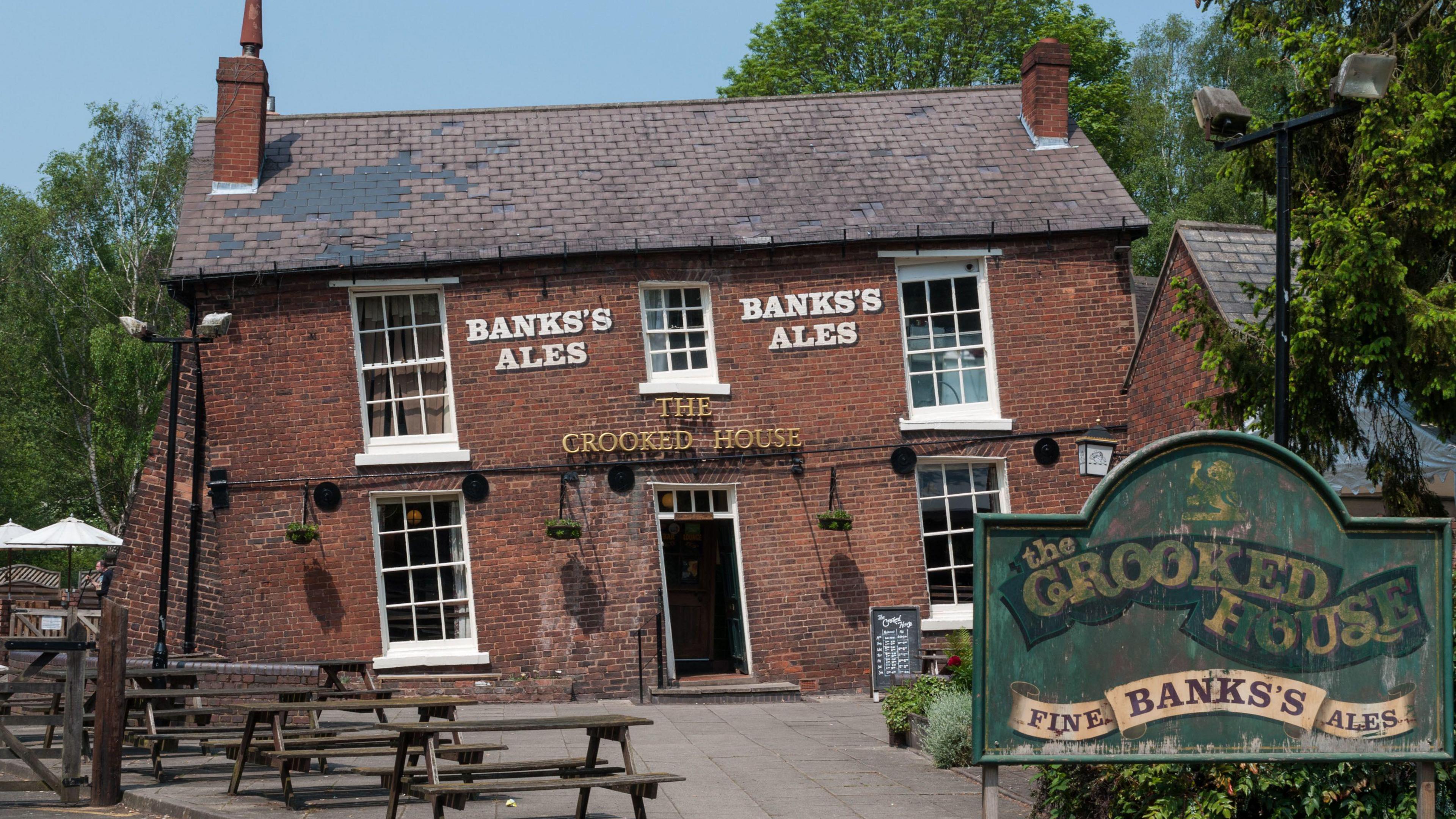
Will it be possible to recreate The Crooked House' famous "wonkiness"?
In 2022, the Black Country Living Museum opened the Elephant and Castle pub, a replica of a pub that stood in Wolverhampton until 2001.
A museum spokesperson said "the complexity and cost" of The Crooked House would depend on how much of the original material was saved, including from the interior and its condition.
They stated reconstructing or replicating the interior accurately, with the right choice of materials, would be important and access to architectural drawings would be vital.
"Buildings leaning because they have sunk into old mine workings were once common across the Black Country and were called ‘pit-pulled’," they added.
"Our own example, Jerushah, from Cooper’s Bank, Gornal Wood, was carefully replicated at the museum in 1986, including its tilt."

The Elephant and Castle was carefully rebuilt at the Black Country Living Museum
The Black Country Living Museum was helped in creating a complete copy of the Elephant and Castle through the use of 3D scanners from Artec 3D.
Sergey Sukhovey, its chief experience officer, said the technology helped speed up the restoration process.
"Only a few elements were left after that demolition and it was pieces of walls and tiles and some photographs and images from the past," he said
"This little information was enough to make a recreation of the entire bar."
Follow BBC West Midlands on Facebook, external, X,, external and Instagram, external, Send your story ideas to: newsonline.westmidlands@bbc.co.uk, external
Related topics
See also
- Published27 February 2024

- Published28 February 2024
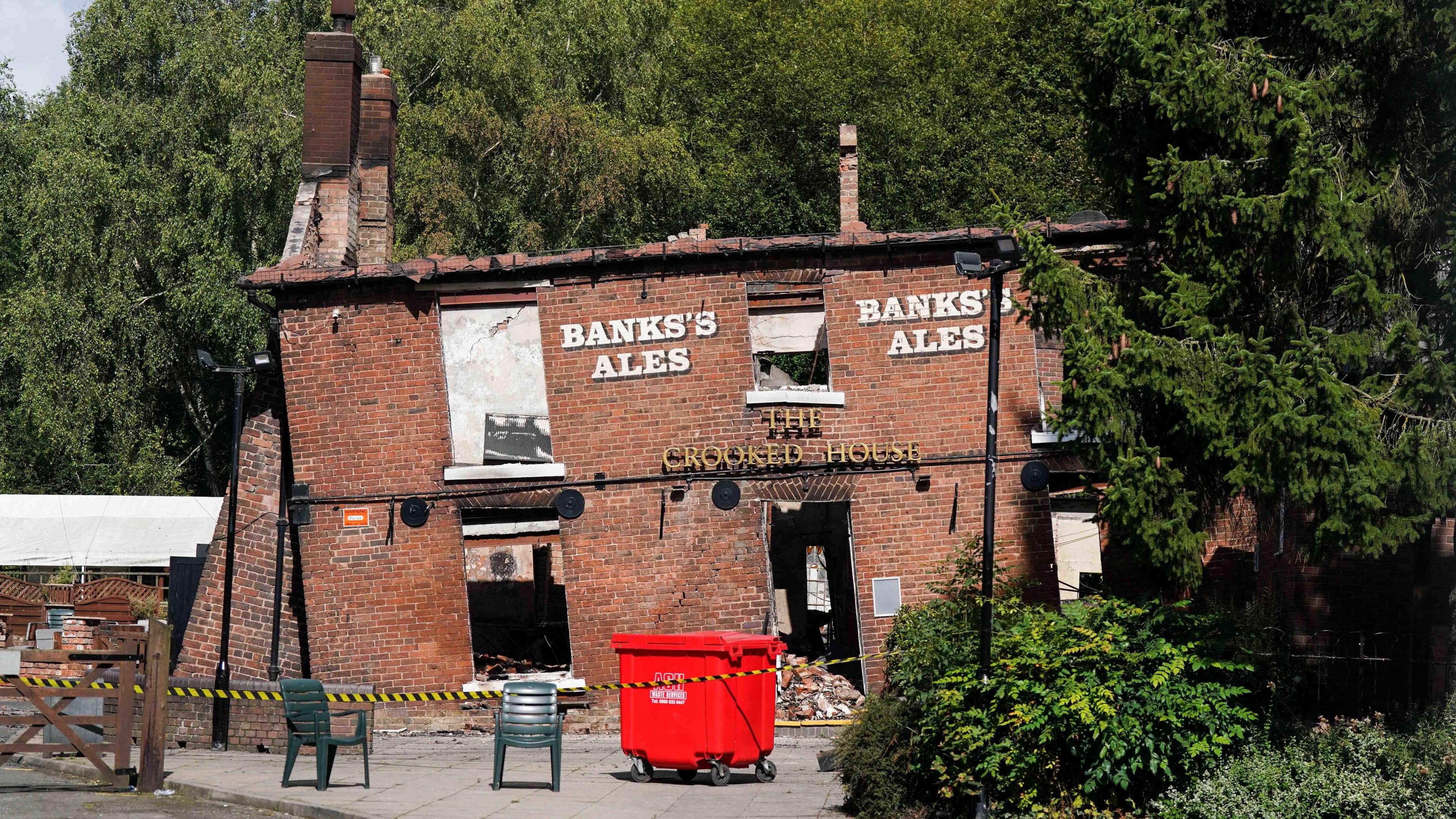
- Published12 March 2024
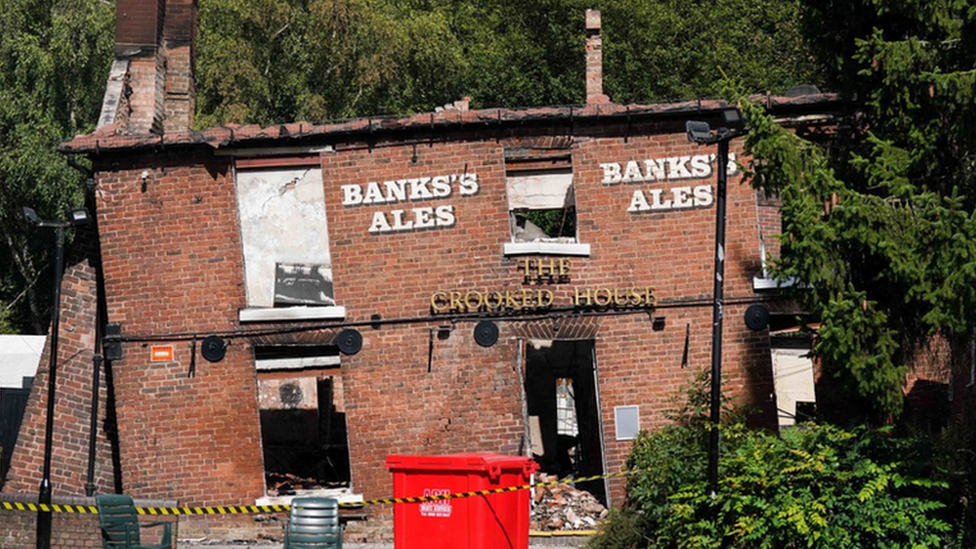
- Published4 February 2024
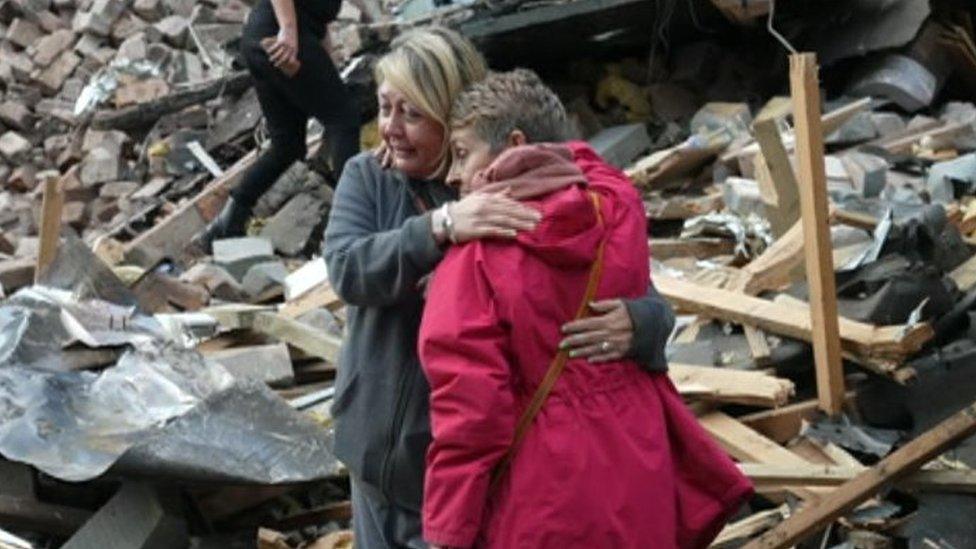
- Published9 September 2023
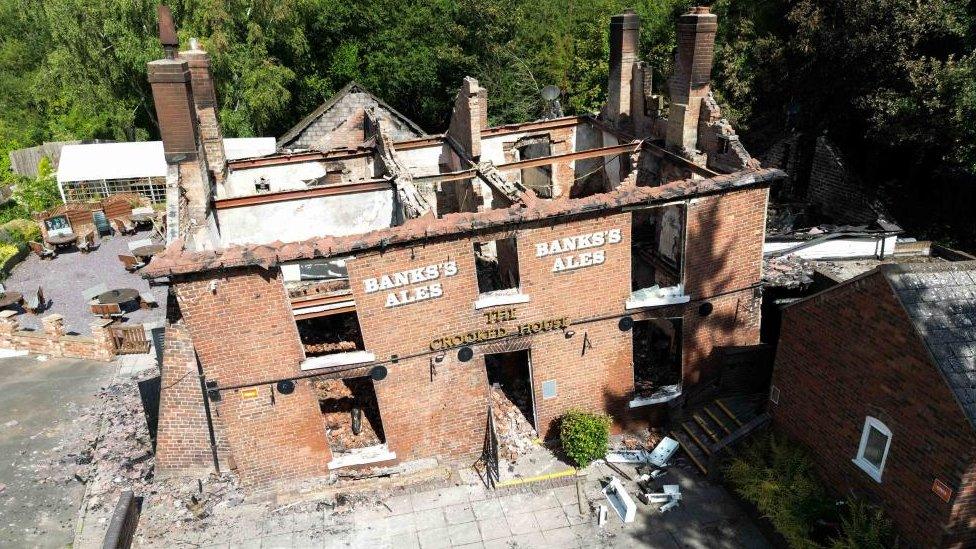
- Published16 August 2022
